A five-storey building in China has been relocated using an innovative system of robotic legs.



By estimating how much time you need.
https://bit.ly/3jwJDYs from Neurozo Innovation
How can we tell whether an idea is truly impossible (so one should not fake it and had better give it up as soon as possible) or just very hard to achieve? In this article, we answer the question on the basis of “time”…
#innovation #invention #technology #startups #business
Thanks to my job, I have a lot of opportunities to meet and exchange opinions with startup people, who need to constantly engage in innovation. And one question was frequently asked – Is “fake it till you make it” a reasonable thing to do? Or, put it another way, how can we tell whether an idea is truly impossible (so one should not fake it and had better give it up as soon as possible) or just very hard to achieve?
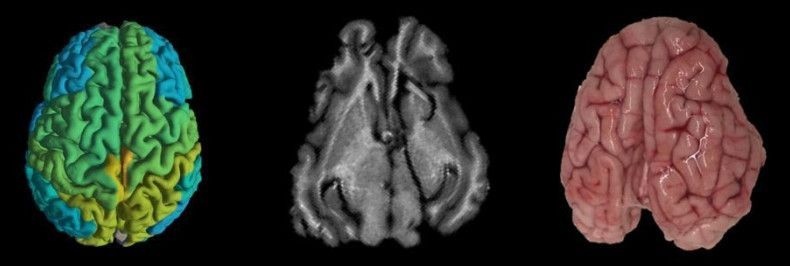
While it may not immediately sound like a dramatic feat, it could open up completely new possibilities in the field of neurological research.
“This is a problem that everyone dreams of solving,” Dr. Sinefeld said, referring to the difficulty in successfully examining thick brain tissue, especially through adult fish scales.
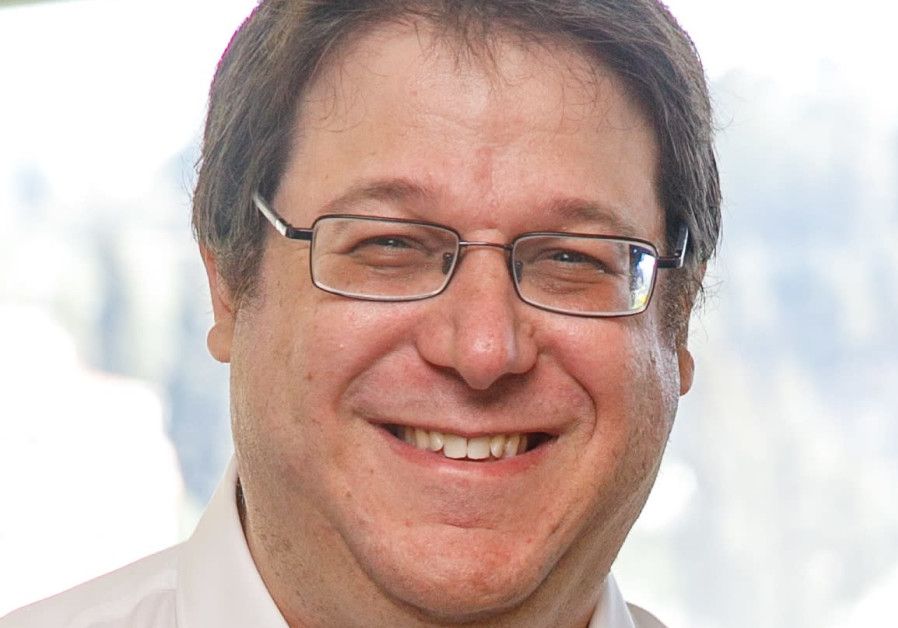
Dr. David Sinefeld (Credit: Jerusalem College of Technology)
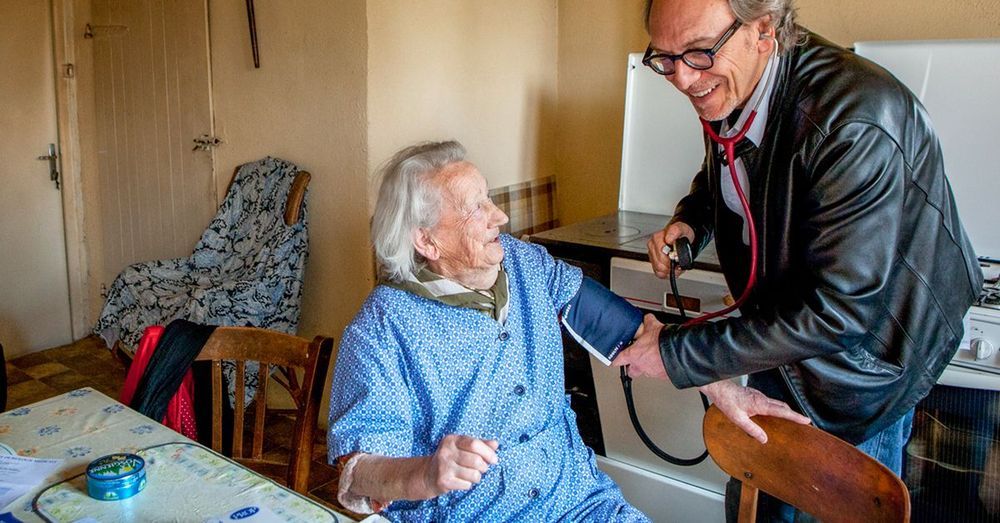
#BreastCancerAwarenessMonth
Breast cancer treatments are always evolving and improving. In 2019, fresh perspectives to approach cancer therapy led to exciting breakthroughs for treatments in research.
Today’s treatments are more targeted and capable of altering the breast cancer disease course while also maintaining your quality of life. In recent years, many therapeutic options have emerged for treating stage 4, or metastatic breast cancer, greatly improving survival rates.
Breast cancer treatment research is ongoing and always improving the lives of those living with the condition. Here are the breakthrough treatments of 2019 as well as current treatments and information on finding a cure.
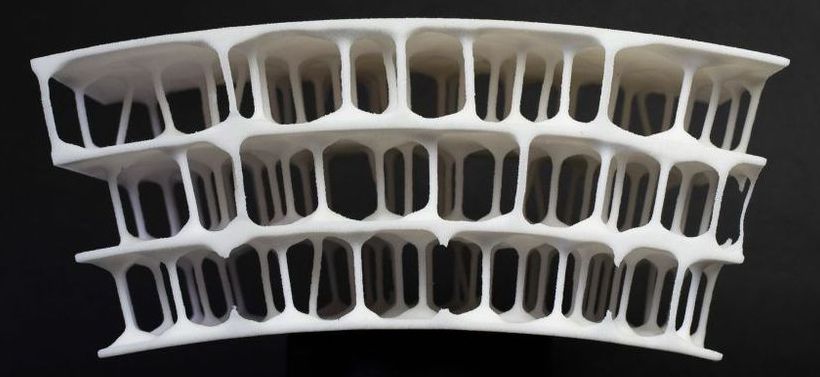
In the second video of our Design for Life collaboration with Dassault Systèmes, Exploration Architecture founder Michael Pawlyn explains how computational design tools allow architects to mimic the natural world.
Pawlyn is the second designer to feature in the Design for Life collaboration between Dezeen and Dassault Systèmes, which highlights designers who are using technology and research to build a better world.
“Biomimicry is innovation inspired by nature,” explained Pawlyn in the video, which was filmed by Dezeen at the founder of biomimicry-focussed practice Exploration Architecture’s home studio in London.
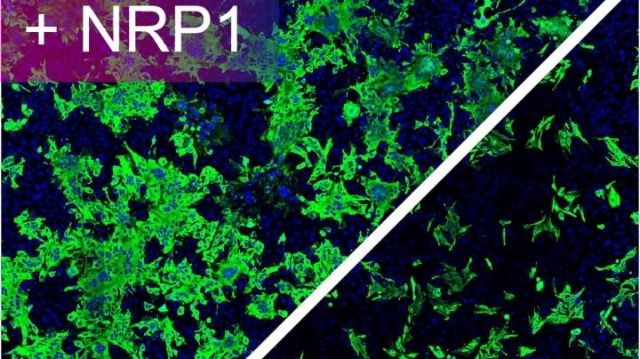
In a major breakthrough an international team of scientists, led by the University of Bristol, has potentially identified what makes SARS-CoV-2 highly infectious and able to spread rapidly in human cells. The findings, published in Science today [20 October] describe how the virus’s ability to infect human cells can be reduced by inhibitors that block a newly discovered interaction between virus and host, demonstrating a potential anti-viral treatment.

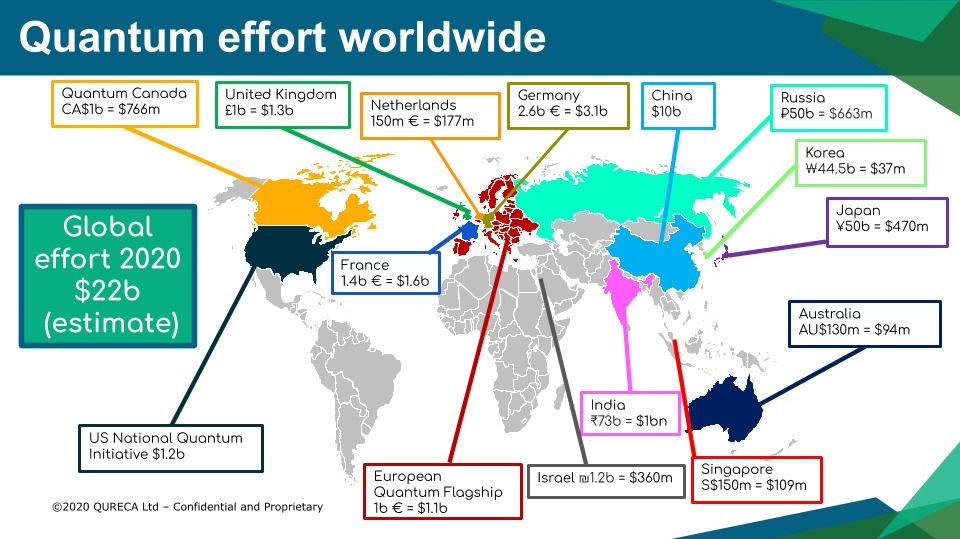
Over the last years, there has been an exponential increase in investment in quantum technologies worldwide. The global effort for #publicfunding has been boosted. It is an amazing and exciting time of innovation in this new second quantum revolution. We have summarised the main programs and efforts around the world below. It is not a quantum race. It is a global ecosystem to develop new #quantum technology! It might be outdated by now, but it gives an idea 💡 and add to it the latest announced investments. However, this is not the real deal. Most are disguised under other initiatives such as the ones carried by the DOE in the US.
Over the last years there has been an exponential increase on investment in quantum technologies worldwide. The global effort for public funding has been boosted. It is an amazing and exciting time of innovation in this new second quantum revolution.
We have summarised the main programs and efforts around the world below. It is not a quantum race, it is a global ecosystem to develop the new quantum technology!
Canada is considered one of the world’s leading nations in quantum research. It has invested more than $1 billion in quantum research over the past decade [1].
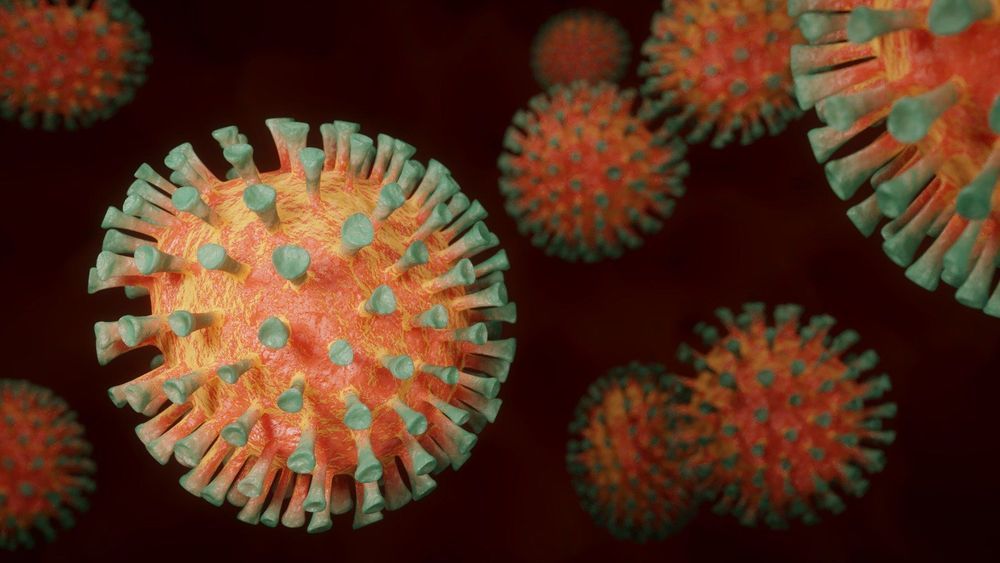
A team of New York University scientists has developed a method using holographic imaging to detect both viruses and antibodies. The breakthrough has the potential to aid in medical diagnoses and, specifically, those related to the COVID-19 pandemic.
“Our approach is based on physical principles that have not previously been used for diagnostic testing,” explains David Grier, a professor of physics at NYU and one of the researchers on the project, which is reported in the journal Soft Matter. “We can detect antibodies and viruses by literally watching them stick to specially prepared test beads.”
If fully realized, this proposed test could be done in under 30 minutes, is highly accurate, and can be performed by minimally trained personnel. Moreover, the method can test for either the virus (current infection) or antibodies (immunity).
Circa 2014
A breakthrough new battery technology could finally deliver the sort of across-the-board improvements many industries have needed for a long, long time now.